Tinto russo
Factos interessantes
Russian winemaking dates back over 2000 years, when first the Phoenicians and later the ancient Greeks colonized the Black Sea coast, bringing with them their viticultural knowledge. Despite this long history, Russia has one of Europe’s few remaining undiscovered great terroirs. Concentrated within the Krasnodar region (also known as Kuban), and on the same latitude as Bordeaux, it has the ideal climatic conditions for producing great wine.
Qual é o sabor deste estilo?
Com base em 23 157 avaliações de 764 vinhos
Leve
Intenso
Delicado
Ácido
Suave
Taninoso
Seco
Doce
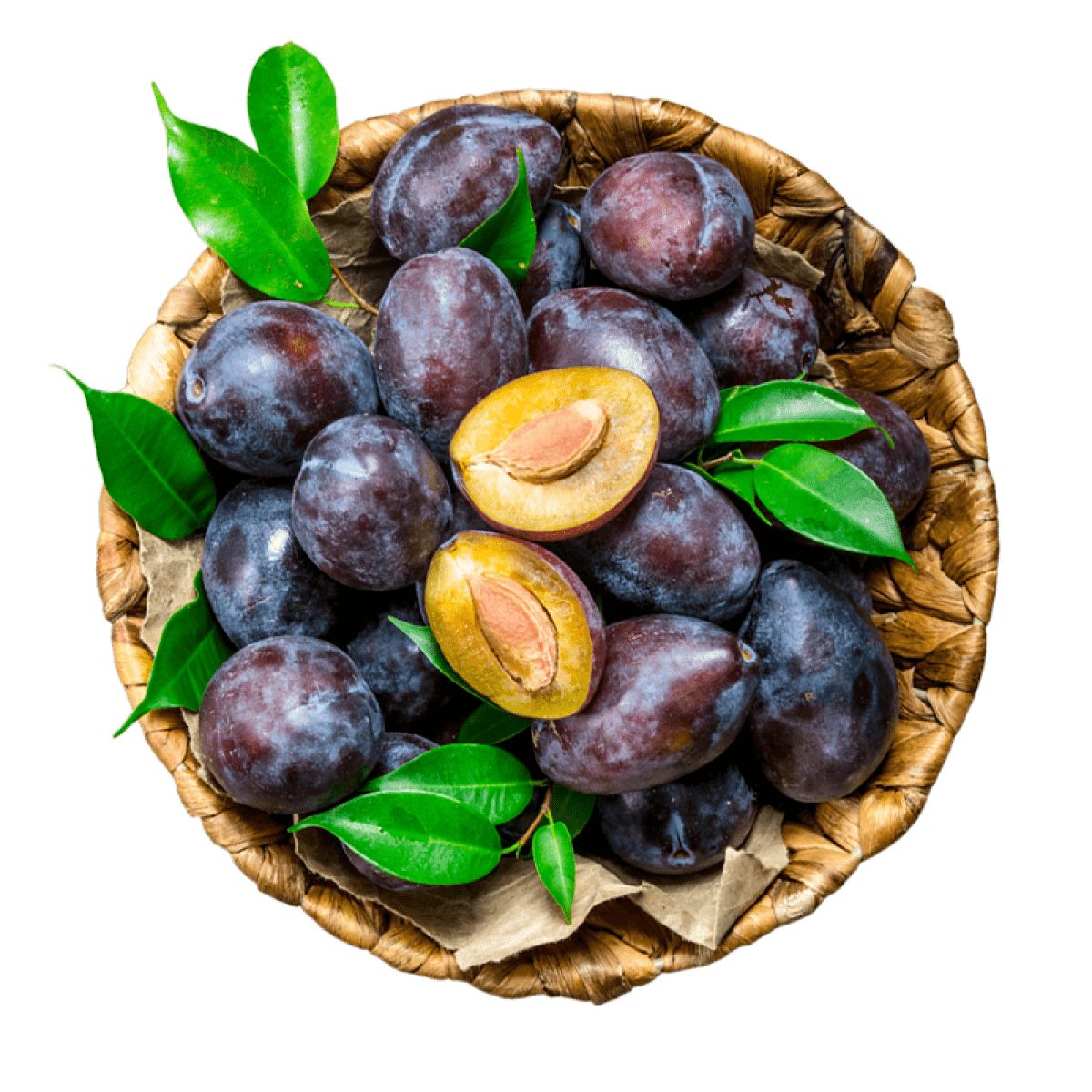
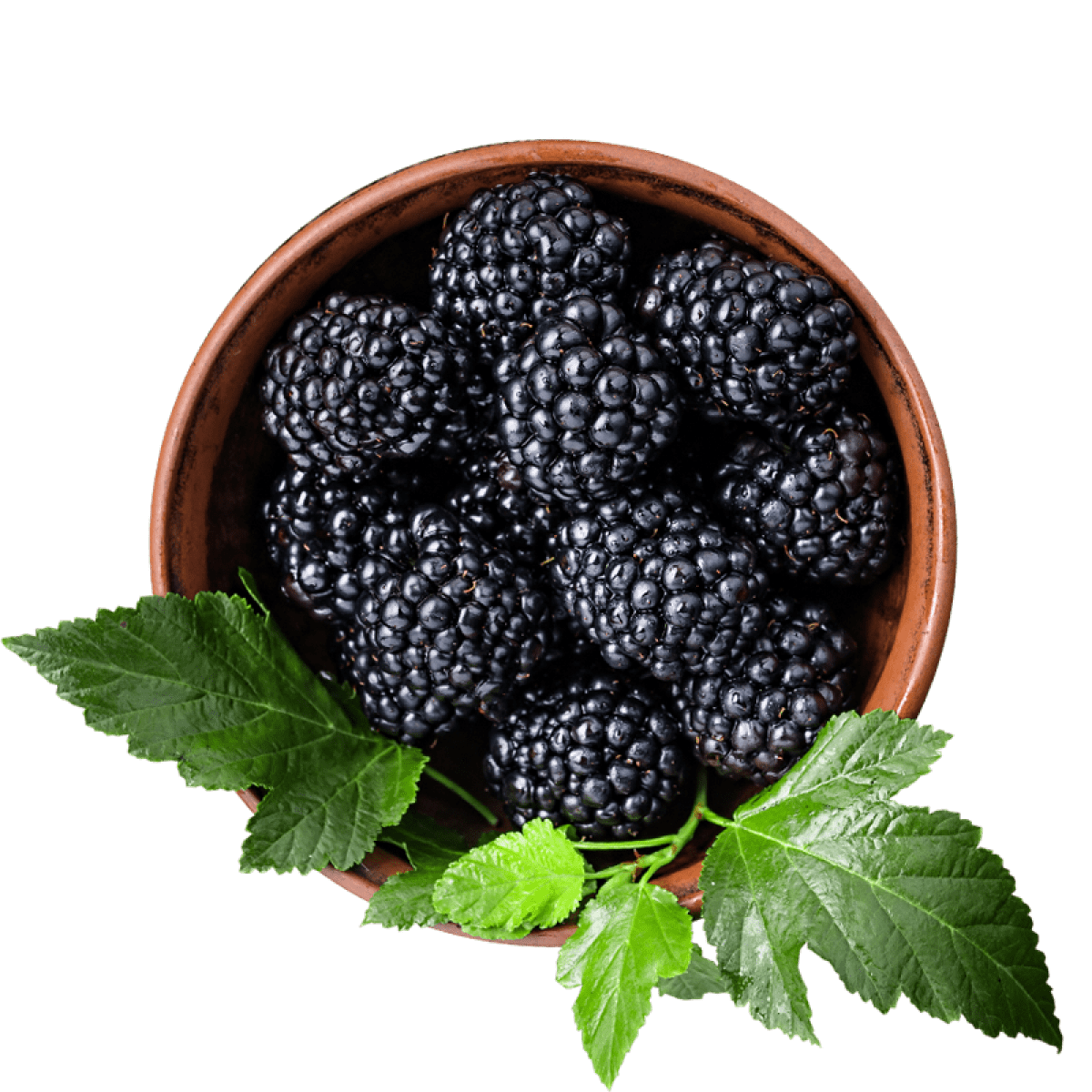
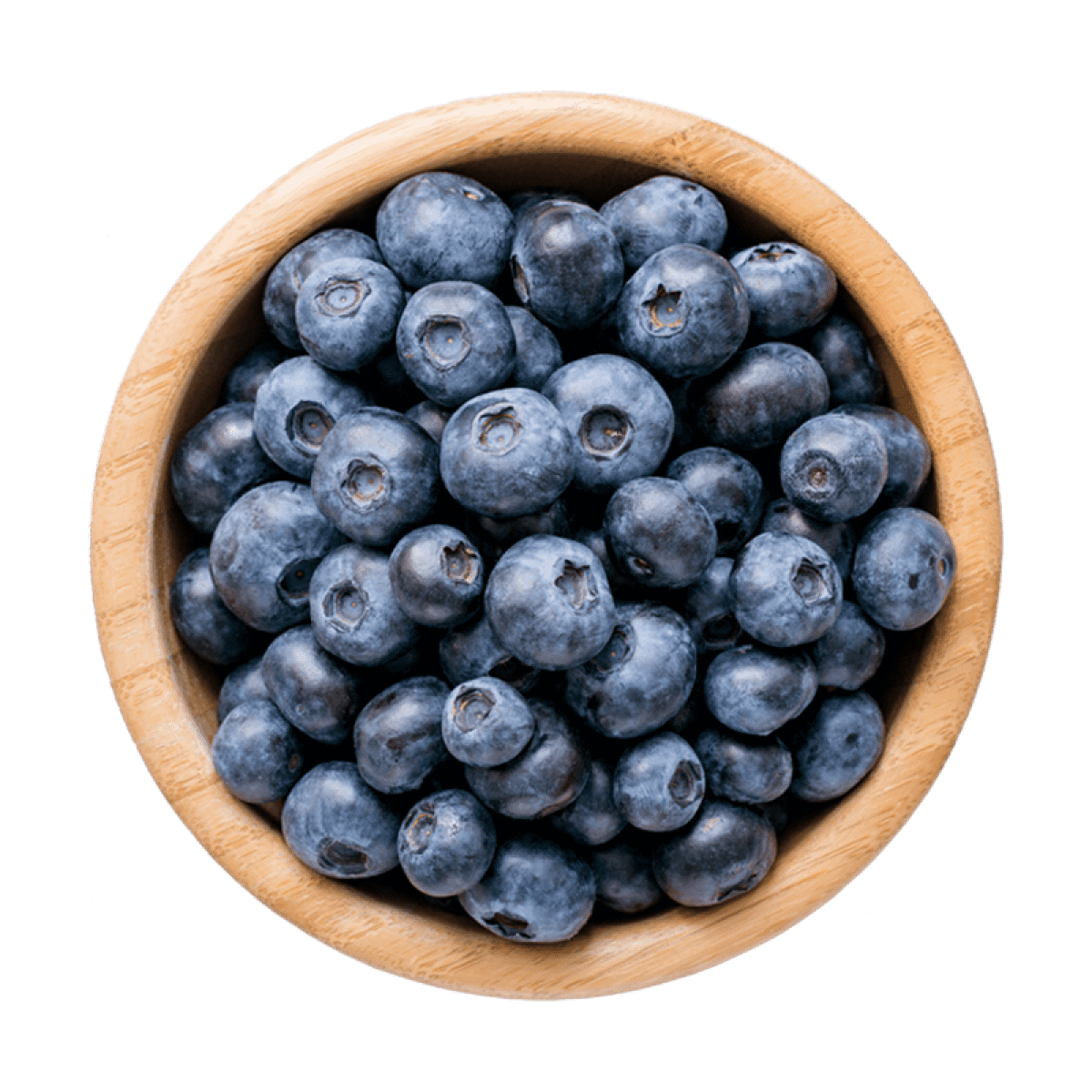
- ameixa
- groselha preta
- amora
- compota
- fruta preta
- mirtilo
- cereja negra
- cassis
- mirtilo
- amoreira
- frutas escuras
- ameixa preta
0 menções de fruta preta notas

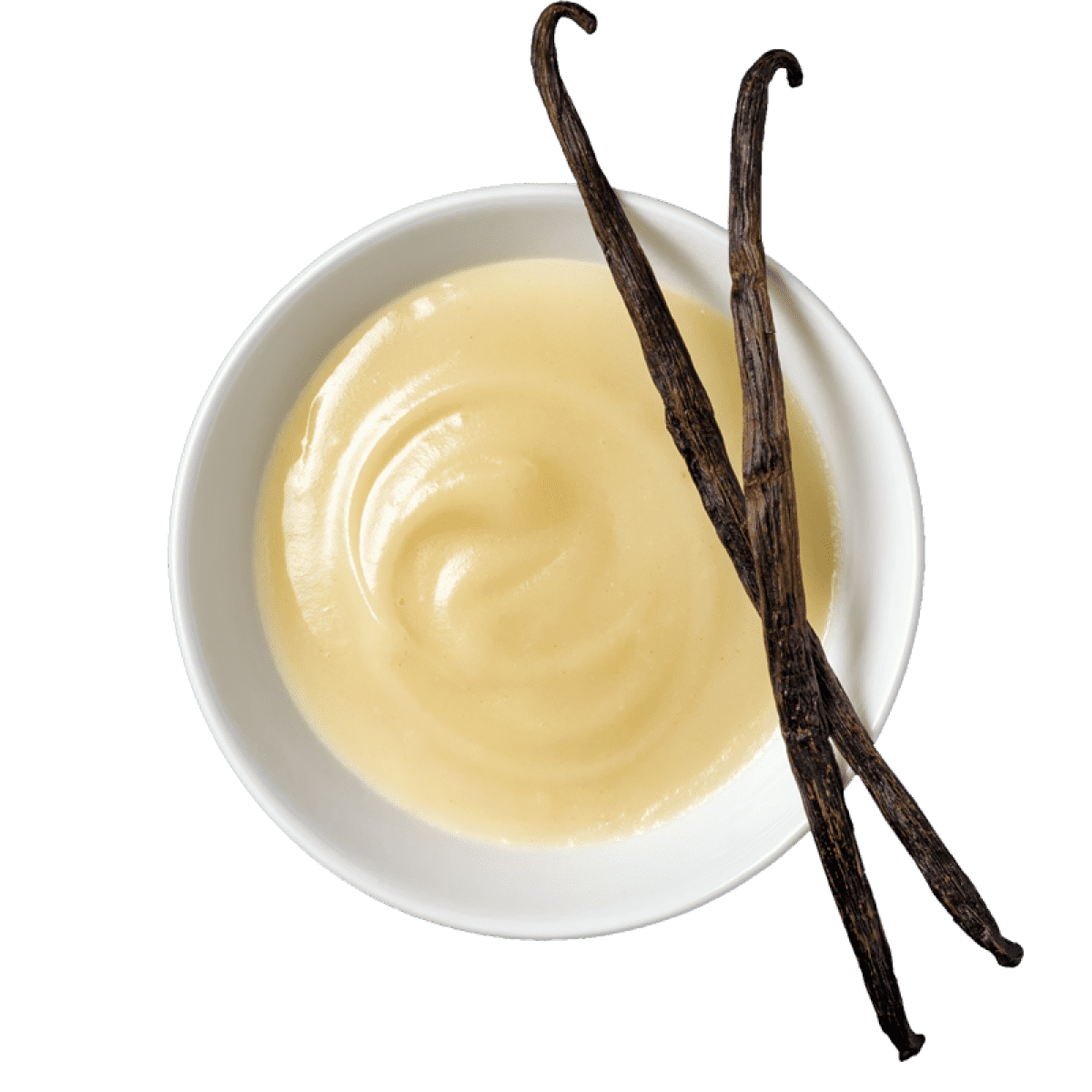

- carvalho
- baunilha
- chocolate
- tabaco
- cravinho
- café
- cedro
- chocolate negro
- pimenta-da-jamaica
- caramelo
- charuto
- chocolate de leite
0 menções de aroma a carvalho notas
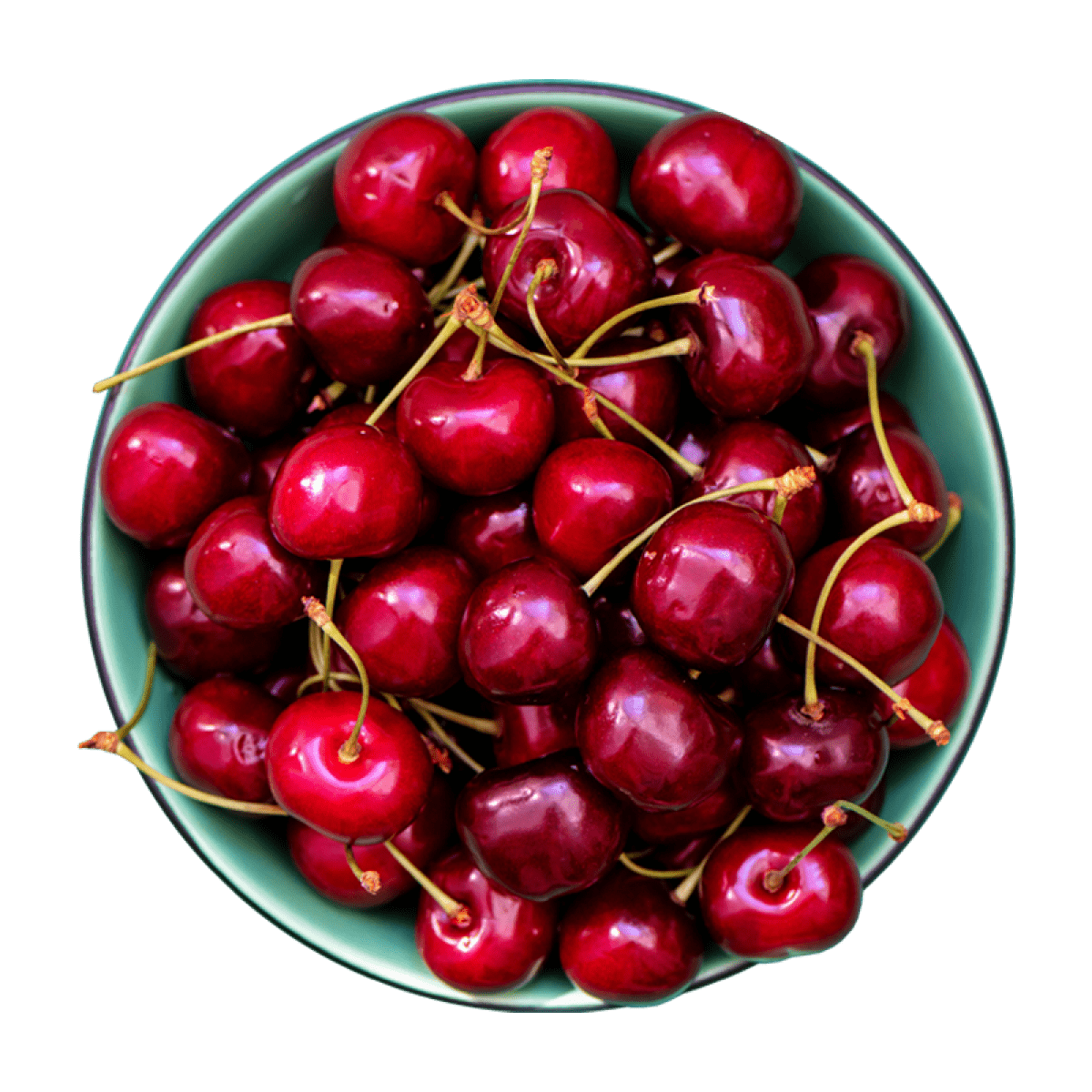

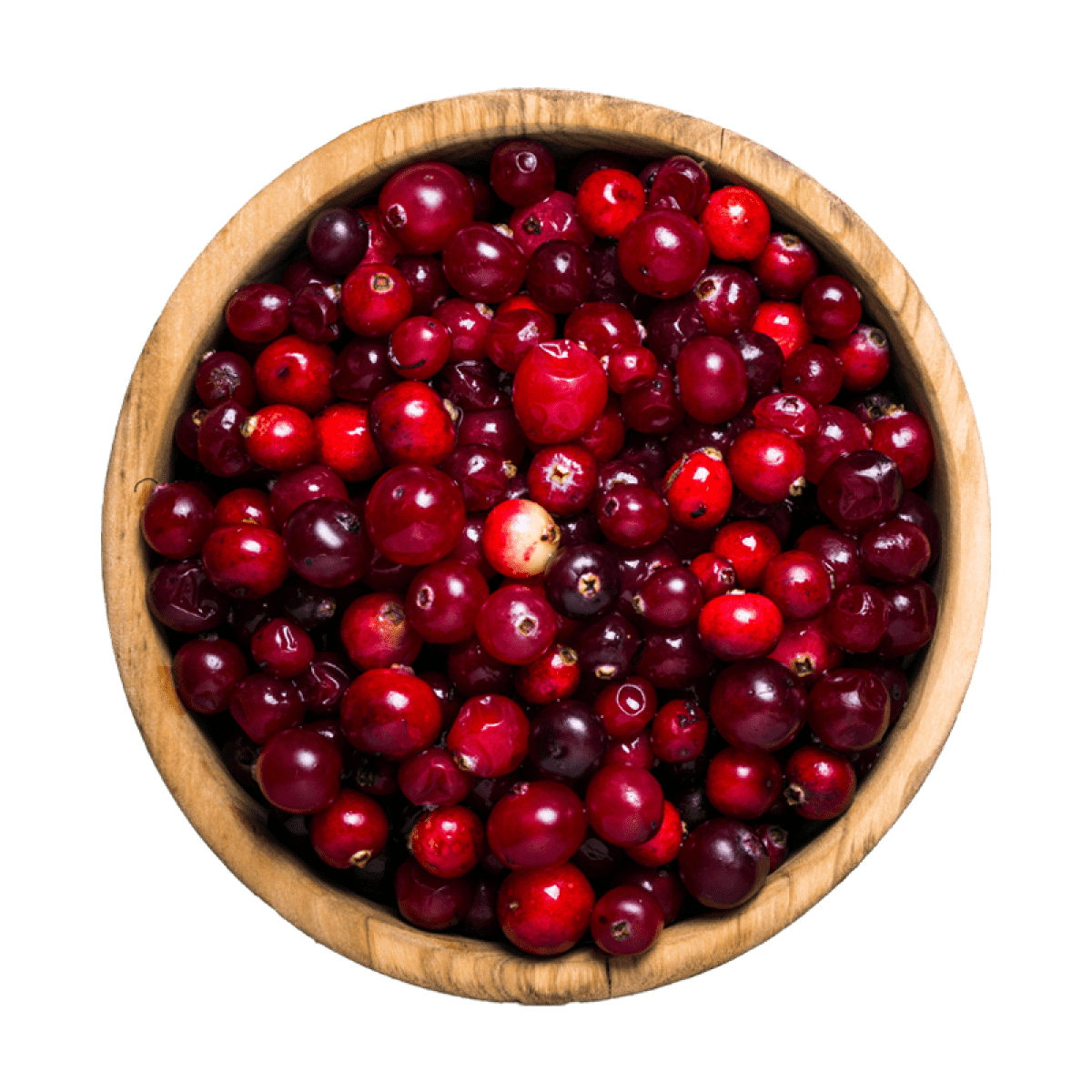
- cereja
- framboesa
- arando
- romã
- morango
- groselha vermelha
- frutos vermelhos
- ameixa vermelha
- cereja azeda
- baga de murta
- cereja vermelha
- morango selvagem
0 menções de frutos vermelhos notas
Uvas
Fique a conhecer o estilo
Russian reds are produced in nearly all international styles. The majority of them take inspiration from French styles, from the classic Bordeaux Blends (Cabernet Sauvignon, Merlot, and Cabernet Franc) to the monovarietal wines of Burgundy (Pinot Noir), whilst some Rhône influence can also be detected (Syrah and Grenache). Traditional Georgian grapes (Saperavi) and New World techniques also play an important role in Russian red wines.
The Krasnodar region on the Black Sea coast specialises in international varieties, with the Taman peninsula Russia’s most widely-planted region, producing wines in a wide range of styles and quality. The Don valley is mostly known for its characterful Krasnostop Zolotovsky and for Tsymlyansky Cherny, Russia’s two most popular indigenous grapes, but structured wines made from Cabernet Sauvignon are also produced there.
There is increasing interest around other indigenous grapes, such as Amursky Potapenko, Dosnoyny, Plechistik, Golubok, Saperavi Severny, and Kefessiya. Of these Amursky Potapenko is probably the most mysterious and symbolic Russian grape. It is a hybrid, created by Alexandr Ivanocvich Potapenko, an important Russian viticulturist, and is particularly important because it is temperature resistant, being able to tolerate extreme conditions.